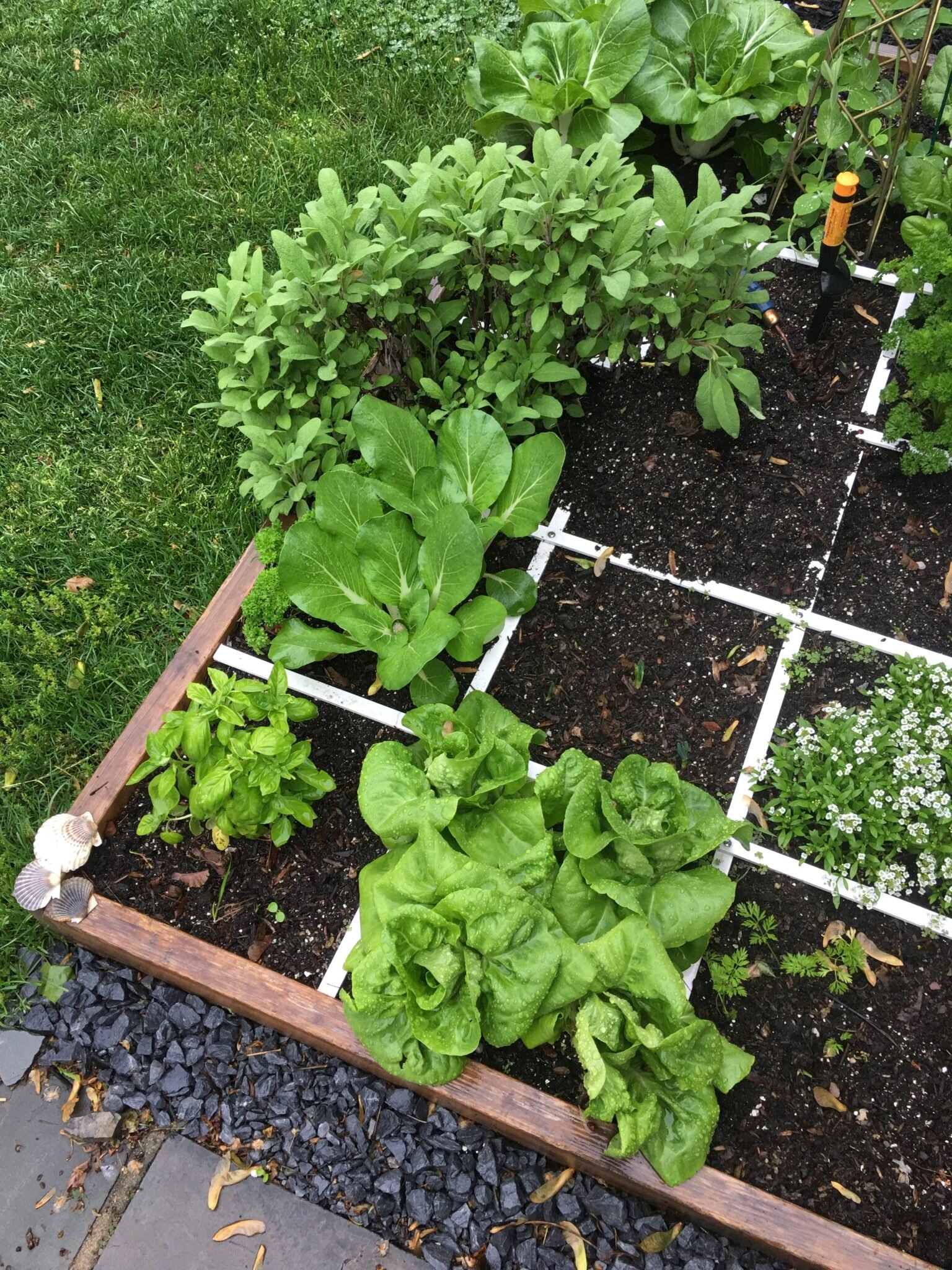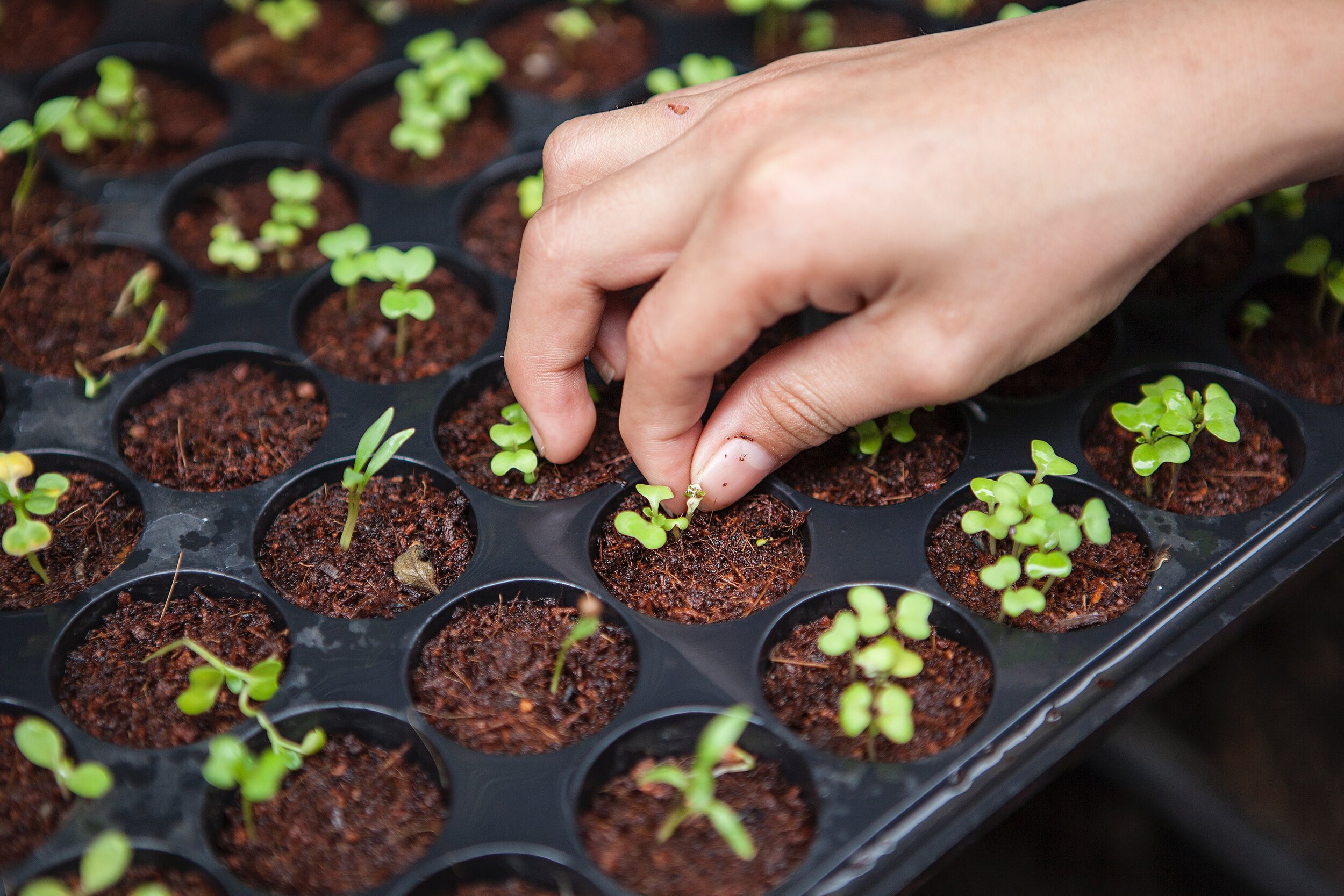Holy Fig!

Photograph: ©2022, Jocelyn Morales
The most sublime of fruits is surprisingly easy to cultivate here in the Ohio Valley.
Ripe and warm right off the tree, a perfect fig seems exotic and luxurious. But you don’t have to live in the Mediterranean region or even travel there to indulge in fresh figs. You can grow figs in your own backyard.
The fig is one of the oldest cultivated plants known to humankind, and it’s ubiquitous throughout Mediterranean countries. In the U.S., California is home to nearly all commercial production.
Its backyard cultivation here in the States is largely thanks to Italian immigrants who brought cuttings of their beloved fig trees from home. That’s why there are balconies and courtyard gardens teeming with figs in historically Italian neighborhoods of northern cities like Chicago and New York.
IF IT WORKS IN NYC …
In fact, my own interest in growing figs stemmed from an August 2012 article in The New York Times about fig trees growing across all five boroughs of that city, particularly in Brooklyn, home to a large population of Italian immigrants. The article quoted Michele Scicolone, a writer specializing in Italian-American culinary traditions: “There were certain plants that were iconic to Italian immigrants, and the fig was one of them. They could take a branch from a fig tree back home, let it go dormant during the long boat journey, then plant it when they got here, and it would grow.”
The following summer, I visited the farm stand at Vicky Tewes’s Thistlehair Farm in Union, KY. Tewes had robust fig trees growing in large pots, and she told me that the plants bore enough fruit to make batches of jam and plenty of delicious baked goods.
OK, I thought, I’ve gotta try this. When I saw fig trees for sale at the Natorp’s garden shop at Jungle Jim’s in Fairfield, I was convinced that the plant could do well in our region. So I bought a beautiful specimen and brought it home.
Encouraged by Tewes’s example and by what I’d read, I potted the tree in a large, well-drained plastic pot. Figs aren’t cold-hardy without some protection from freezing temperatures, so I placed the pot on a wheeled caddy so I could move it into the garage to overwinter. In its second full growing season in my garden, it produced exactly two lovely figs, which we ceremonially wrapped in prosciutto and grilled, savoring each precious, juicy, fruity-salty bite.
The poor thing didn’t survive the next winter in our garage.
Undaunted, I tried again, this time planting the tree adjacent to the house in a protected spot. Last fall, its third growing season, we had upward of 80 fat, luscious figs to enjoy in all kinds of ways.
FIGS IN THE OHIO VALLEY
My experience tracks with Tewes’s advice about how to grow figs in this region.
Most fig trees will thrive unprotected in USDA Hardiness Zones 8–10. (A larger number means warmer growing conditions. The near-in neighborhoods of Cincinnati and Northern Kentucky are in Zone 6b; surrounding Ohio and Southeast Indiana areas are 6a.)
The two varieties commonly grown in the Ohio Valley are Brown Turkey (rated for Zones 5–9) and Chicago Hardy (Zones 5–10). These cold-hardy varieties can withstand our winters, but they will require some protection from both wind and freezing temps. Find Brown Turkey and Chicago Hardy at reputable local gardening centers, or order trees from online nurseries.
Figs can be successfully cultivated in large pots with good drainage. Tewes’s potted trees are in containers as large as 25 gallons; she transplants plants to larger pots as they grow. In winter, after the leaves drop, prune any unwieldy branches and move the pot to an unheated space; Tewes uses her high tunnel, but a garage works. Lightly water the plant every two weeks, just enough to keep it from totally drying out.
If you’re planting a fig tree in the ground, consider carefully the location. Tewes has two large trees planted on her property. “We’re on a ridgetop and get straight-line wind exposure, so I planted them behind the shed on the east side of the building where they have protection from west wind,” she says. “I have some years where the ones planted in the ground don’t produce; when they freeze in the ground, all their energy goes into producing new shoots and they won’t yield much fruit.”
My fig tree is tucked up close to the house, sheltered from west winds. It sits in a warm microclimate between our blacktop driveway and the neighbor’s, which radiate winter sunshine and moderate the ambient temperature. It has proved an ideal location.
While potted figs can be moved in winter, outdoor trees will need assistance to endure our region’s coldest months. For smaller, younger plants, Tewes advises surrounding them with wire or plastic netting and filling the “cage” with mulched leaves. Her two outdoor trees are 10 years old and well-established, so she piles leaves around the base to protect the roots. The leaves break down and provide nutrients to feed the trees during the growing season.
In early spring, roll potted plants outdoors or remove cages and disperse the mulch so it doesn’t trap moisture. Figs can be slow to wake up after dormancy, but be patient. This is hard. (In fact, I now suspect that my first potted fig was probably salvageable had I given it time.) Leaf buds may start to emerge as early as mid-April to sometime in May.
According to Richard Stewart, owner of Carriage House Farm in North Bend, OH, the plant’s slow emergence in spring is a benefit, because it’s unfazed by the wild springtime temperature swings in our region. Stewart and his business partner Justin Dean are in the process of planting upward of 200 fig trees on the farm to supply raw materials that their Lost Bridge Beverage Co. will distill into fruit liqueur.
“The past three years we’ve seen a spring cycle of warmth, then freeze, then warmth,” Stewart says. “Figs don’t care because they’re later to wake up. If you have a wet, warm spring, followed by a nice dry period, they’ll do really well; the flavor concentrates and the fruit gets bigger.
“We’ll start seeing growth toward the end of May. Then we’ll start seeing shoots coming out of the base of the plant around the first week in June. From there, the amount of rapid growth is astounding.”
MAXIMIZING FRUIT PRODUCTION
Both Stewart and Tewes note that even trees that get walloped by winter conditions may still thrive, though they’ll likely not bear ripe fruit that year. “I wait until late spring to see if there’s any dieback,” Tewes says. “Dead canes will look brown and dried out. I usually don’t do anything until I see the plant start to sprout out, and then I’ll cut any brown branches back to where the new growth is. You can see the difference just in the color of the canes.”
Both Brown Turkey and Chicago Hardy can reach more than 10 feet tall and have a wide spread. If you’re growing a tree in a pot or in a fairly tight space in your landscape, as I am, you’ll want to keep them pruned to a manageable size. While some online gardening resources advise cutting the plant to just 2 feet above ground in the fall, our local growers don’t do that. They’re out to maximize fruit production. “If you cut the plant fully back to a foot or so above ground, you won’t have enough early leaves to help photosynthesize and fuel growth,” Tewes says.
Stewart says that the tree will bear fruit in its second growing season. And it will produce on two-year-old stock. So if you leave some branches intact over winter, you’ll get a small early crop in June. In fact, you’ll probably see baby figs popping up even before the tree is fully leafed out.
The primary fruiting comes in late August through mid-fall. Figs are slow to ripen, but be patient. This is hard.
You’ll first notice that the hard, thumb-sized fruits begin to swell. Then, they’ll turn bright green. Observe the little round indentation in the bottom of each fruit; it will soon become hot pink. Pretty quickly, the figs will grow to golf ball size or larger, turn a lovely deep purple, and get very soft. When that little pink indentation starts to show cracks, bingo! Time to pick. And pick. Let them stay too long on the tree, and figs will overripen and attract ants.
Fig trees have a habit of producing more fruit than will ripen before daylength shortens and temperature drops in the fall. Which is frustrating. All those unripe figs are hard and inedible. To encourage ripening, Tewes will prune heavy foliage off the tops of her trees in midsummer, redirecting the plant’s energy away from leaf growth and toward fruit ripening.
WANT MORE FIGS?
Our two fig experts note that the fig is easily propagated, so home growers can take cuttings from established plants and raise additional trees. In fact, Stewart says that Carriage House Farm’s fig orchard comes entirely from three parent trees that Dean has tended for years in an urban garden in Cincinnati.
Two methods of propagation are accessible to home gardeners: 1) clip a healthy branch and place it in a rooting medium so that it will generate roots, or 2) staple a low branch coming off the tree to the ground, where over a couple of months it will take root; this new stock can be clipped off and planted.
And trust us: You’ll want to expand your home fig orchard. Because figs are utterly delicious. And prolific. “In the beginning I wondered what we were going to do with all these things,” Tewes recalls. “But once I started playing around with recipes, I found lots of ways to enjoy them.
“You can use them either sweet or savory; they’re great with either honey or salt, for breakfast, lunch, dinner, dessert. I love picking one right off the tree warm and eating it.”
Notes From My 2021 Cincinnati Garden Journal
April 7 fig leaf nubbins
April 11 baby figlets on old wood
July 7 picked the first three figs from last year’s wood ... they are HUGE
August 15 first sign of ripening on the new-wood figs ... they are HUGE. Fig ripening cues: They turn bright lime green, and the little navels turn hot pink. Then they swell up, and the bottom cracks around the navel. Time to pick.
September 15 HOLY FIG!!! Probably had between three and four dozen already at this point, all huge and delicious. Trying to use them up as they ripen (just picked four today).
September 23 SWIMMING in figs! Maybe six dozen by now, picked three or four a day for the past week or so. Still some small figs on the tree; we’ll see what ripens now that the hot weather has broken. Fig tart, fig cake, fig and caramelized onion compote, figs wrapped in prosciutto, fig vinaigrette …
What to Do With All Those Figs: Tips from Vicki Tewes
Cook them into jam, which is delicious on toast or on a charcuterie board
Roast them until they’re caramelized
Dehydrate them
Add them into any baked goods
Pair with goat cheese and arugula in salad
Eat for breakfast with yogurt and honey
Make a pan sauce with a little wine to glaze chicken or pork
Bryn’s long career in publishing took a left turn sometime around 2010, when she discovered the joy of food writing. Since then, she’s found professional nirvana as the editor of Edible Ohio Valley, author of The Findlay Market Cookbook, and occasional instructor at The Cooking School at Jungle Jim’s. Find her seasonal recipes at writes4food.com.





